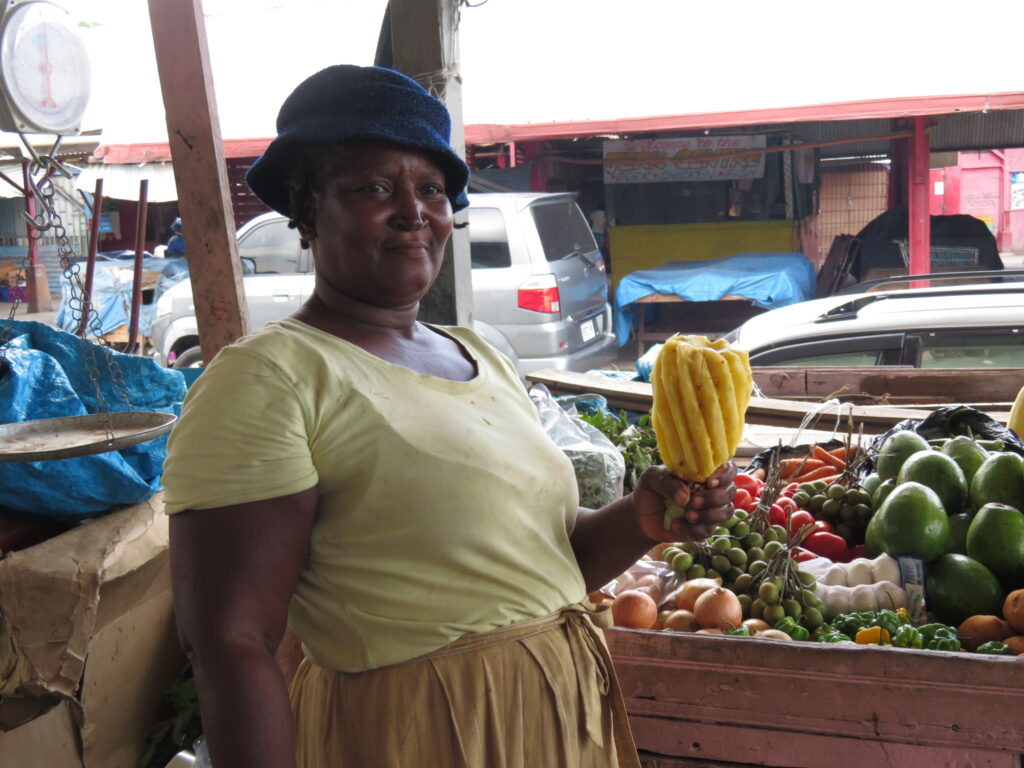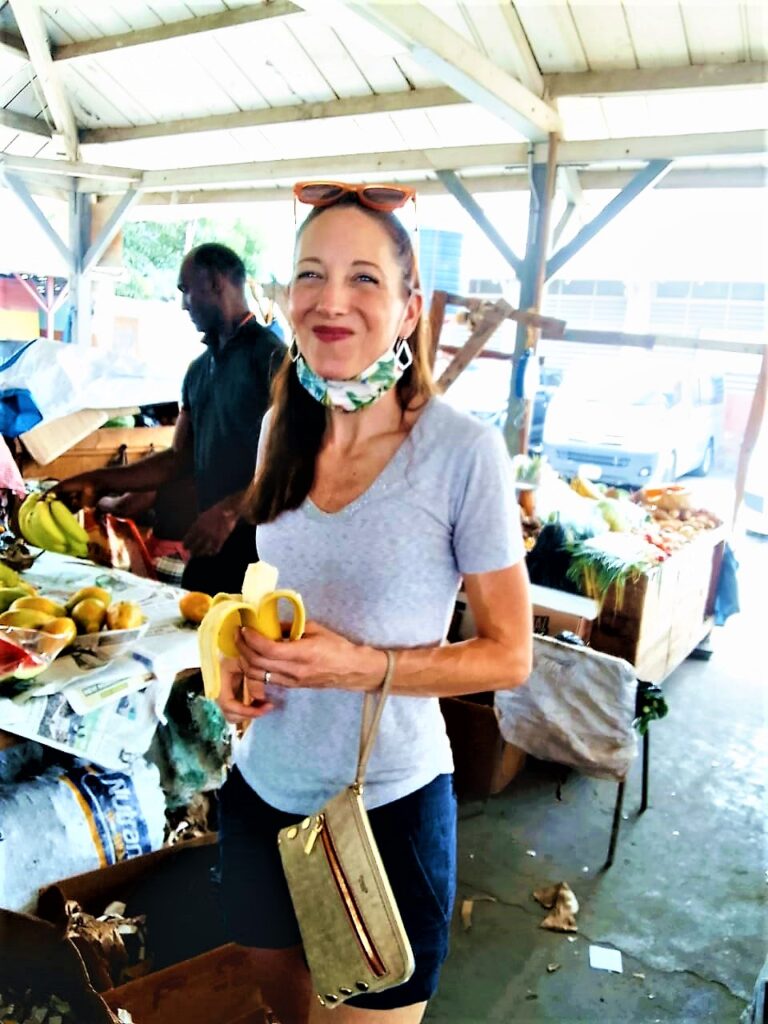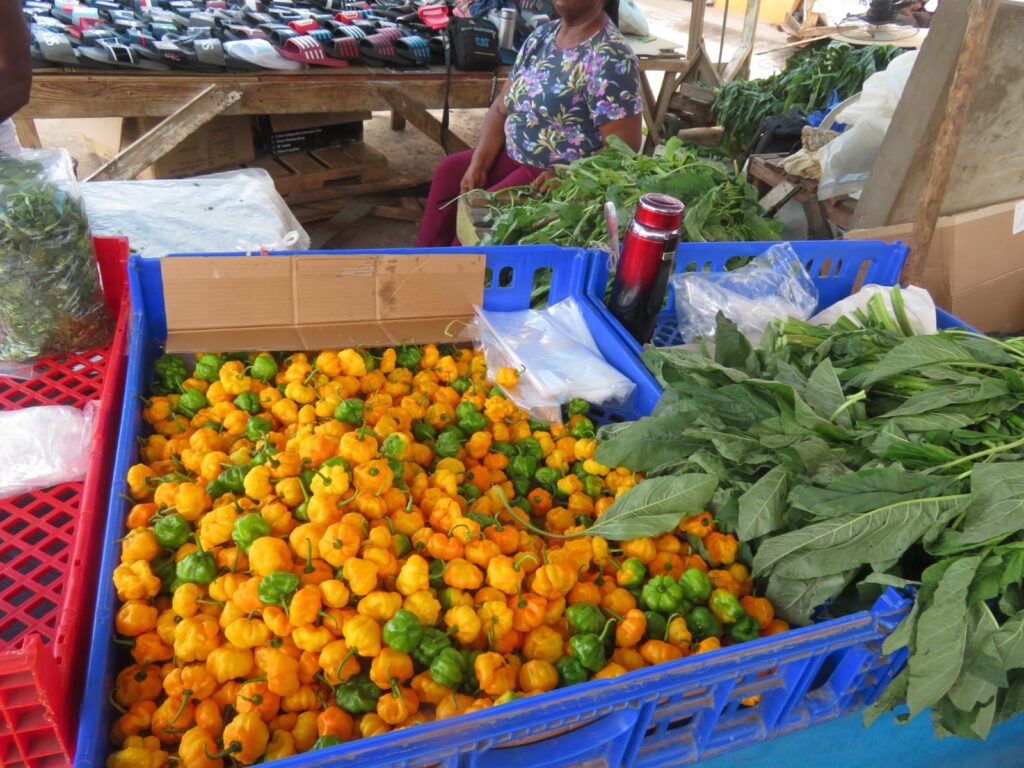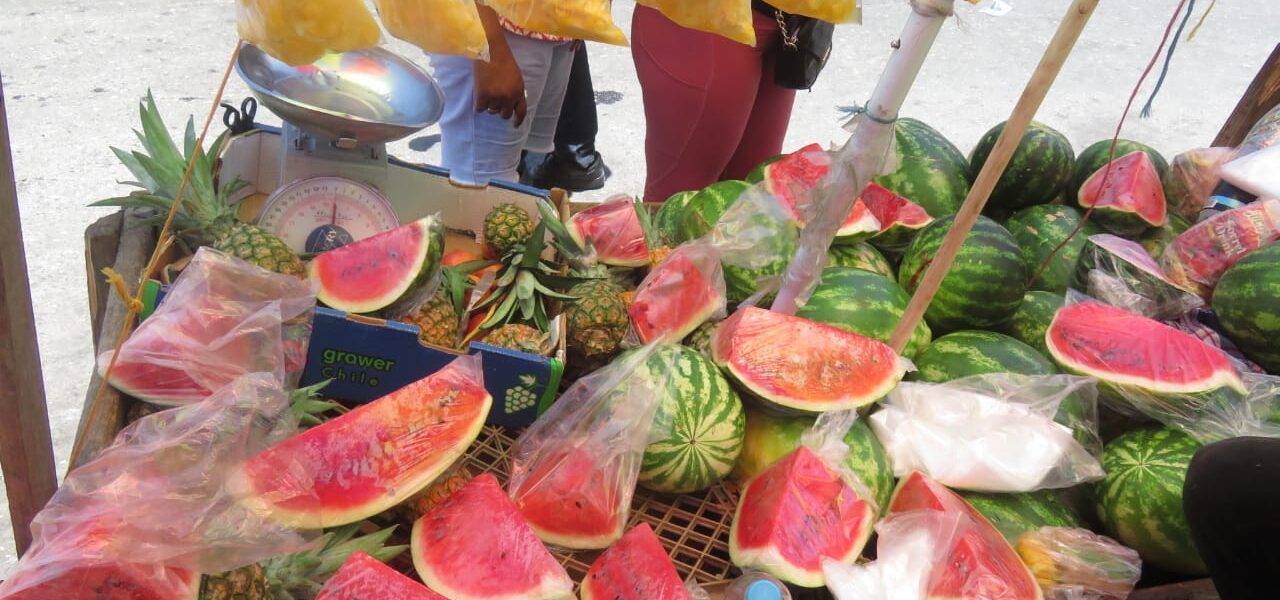According to the Statistical Institute of Jamaica (STATIN), the agricultural sector contributes 7.1% to the Jamaican economy. Much of the local distribution of farmed products is done through local markets where farmers and middle men offer their wares to householders and businesses. These markets are therefore by extension a vital part of the economy, and millions of dollars flow through them weekly. Markets have thus historically been significant, offering a means of income to large segments of the population, and culturally important as they are literal meeting grounds for many people. As a modern-day place of interest, markets can therefore be an intriguing location to feel a bit of the pulse of Jamaican society.

Jamaican society is obviously very hierarchical, even to the casual observer, and this continues as a holdover from slavery and colonialism. During the period of enslavement when sugar plantations dominated – early 16th century to mid 19th century – large plantations would often have markets attached, a prime example being the Papine Market in St. Andrew linked to the Papine Estate. The enslaved would have their own plots of land on which they would grow produce. Some they would keep for themselves, but surpluses they were allowed to sell in markets.

These days, a visit to the market will still show people working hard to make a living. Vendors selling in markets use the income to feed their families and send their children to school. Market day can be a very crowded affair with browsing and bargaining. Householders and businesses looking to get the best prices go to markets and, depending on the location, you can find a mix of Jamaicans there. Depending on the size of the market you can find a range of items from yams, pineapples, and coconuts, to detergent, tissue, and graters, to sneakers, jeans, and school uniforms. And of course, cooked food. Depending on how enclosed the area is you can get a variety of pungent smells, from scotch bonnet peppers to jack fruit (and frankly far less pleasant aromas).

At Jamaica Cultural Tours we mainly visit 2 markets – Ocho Rios Market on our Ocho Rios Walking Tour, and Cross Roads Market on our Kingston food tour. Additionally, on our Kingston Walking Tour we visit the central market district in and around Parade in Downtown Kingston. It’s a vibrant experience with lots of colours, scents, and music. Buying in the market is a great way for visitors to support the local economy and spread tourism dollars to a segment that traditionally does not directly benefit. Done with our guides, you are in excellent hands.
For those interested in unique, true experiences of Jamaica, a visit to a market, once done with a professional guide, is highly recommended. With imagination you can see how this institution has evolved from its earlier form centuries ago to its modern version, similar but not exactly the same. Being in the hustle and bustle of the commerce, among Jamaicans living their lives, can make you feel connected. And the best part of course is the delicious fruit that you get to sample.
For more information on how to visit markets with us, do get in touch via info@jaculture.com.

